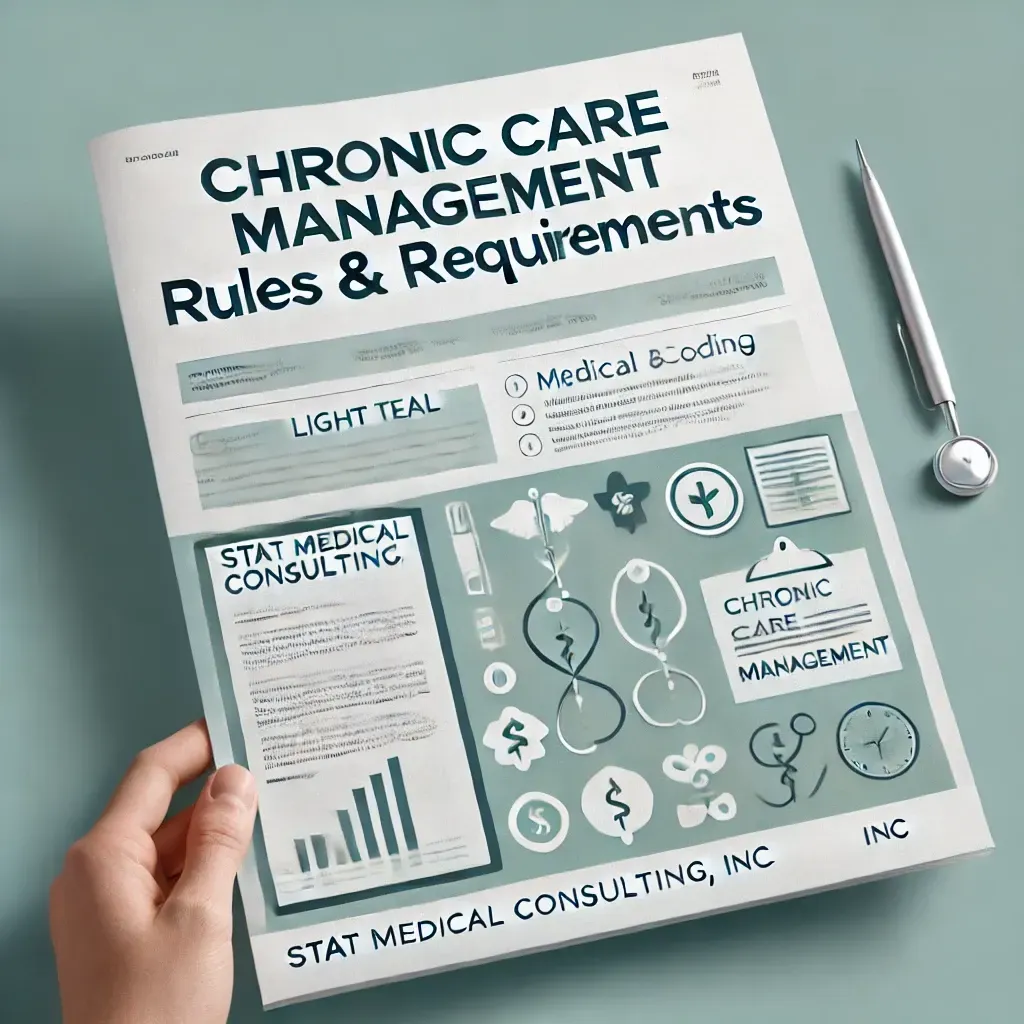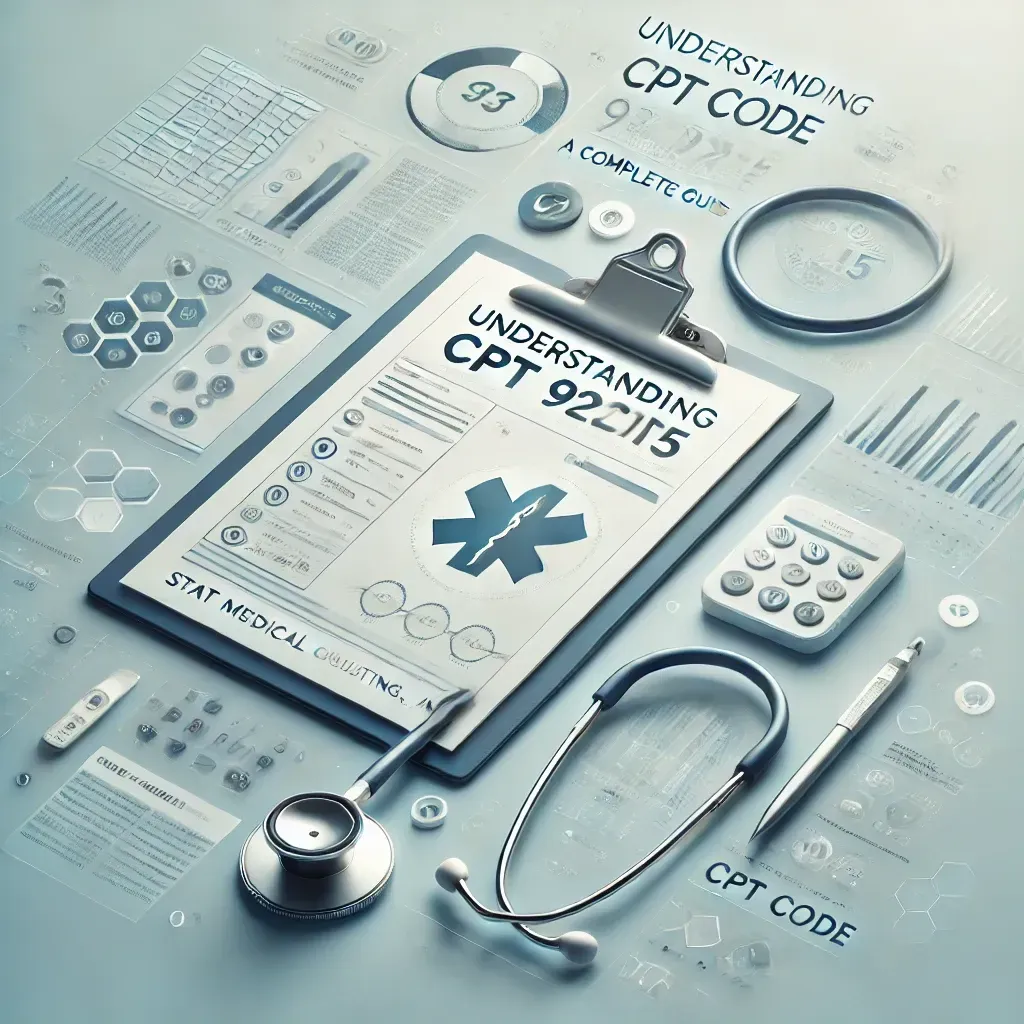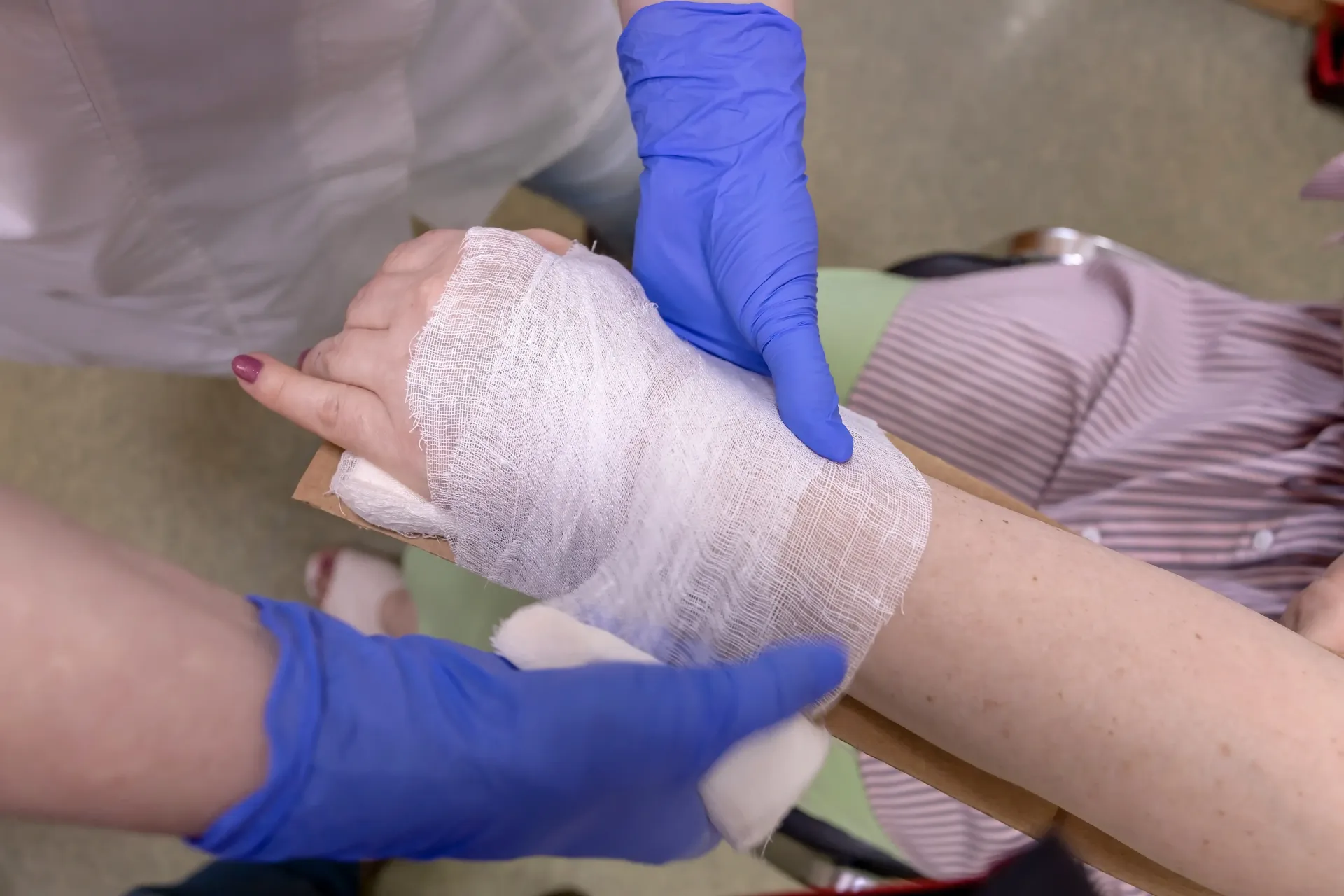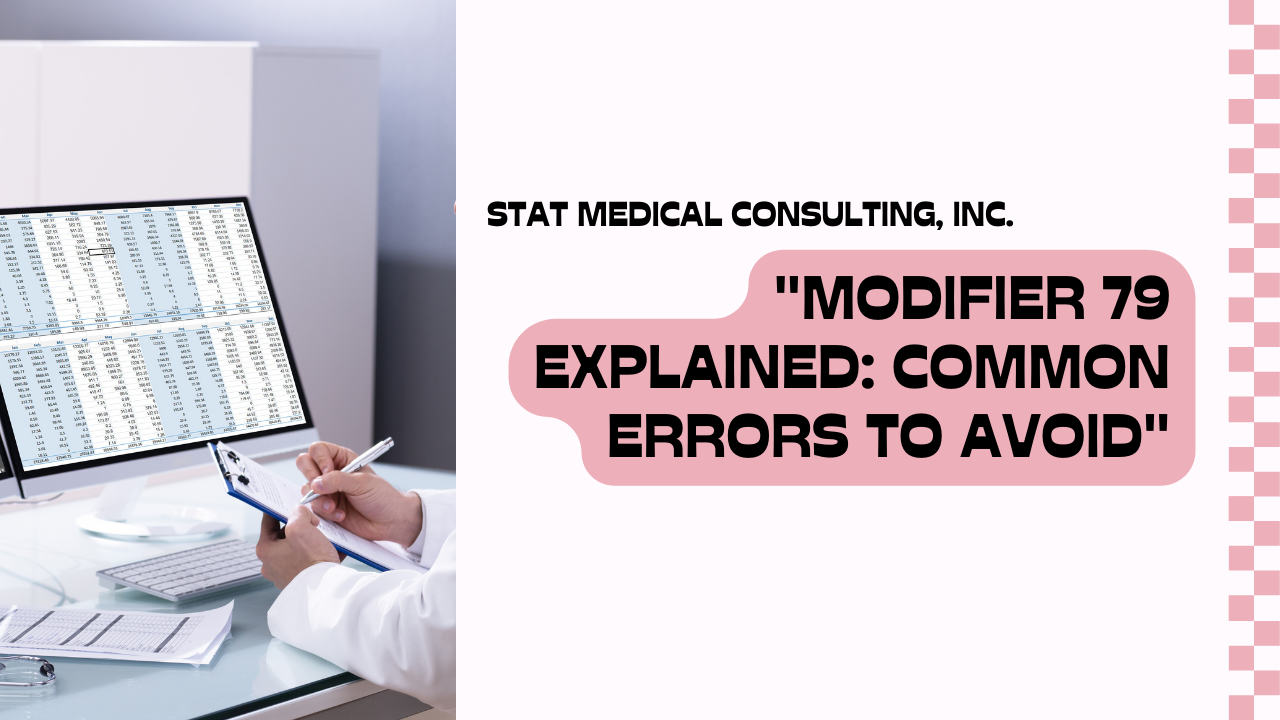TEL: (818) 907-7828 | EMAIL: sharon@statmedical.net
Navigating Neurosurgery Billing: Avoiding Common Coding Errors
Coding Clarity: A Guide to Smooth Neurosurgery Billing
In the intricate world of neurosurgery billing and coding, even experienced professionals face perplexing challenges. One such challenge is accurately describing specific standard procedures. This task becomes even more daunting when distinguishing between procedures that may be bundled together and determining when to use a more extensive procedure code over a less extensive one. This article will delve into common coding errors in neurosurgery and explore how to avoid them.
Osteotomy Codes
When complex spinal procedures are performed in areas of prior surgery, the role of osteotomy codes (22206-22226) in spinal surgery may be considered. The purpose of an osteotomy is to reconstitute an arthrosed joint to restore mobility. The surgeon uses chisels or drills to separate vertebral segments to restore motion, often followed by a new arthrodesis across the restored joint after correction of the deformity. In 2008 a new series of posterior osteotomy codes (22206-22208) was developed to reflect the work of three-column posterior osteotomies performed for deformity correction. These codes require bone resection of posterior elements (facets and pedicle) and anterior elements (vertebral body and disc space).
In contrast, the previous posterior osteotomy codes (22210-22216) described single-column osteotomy (posterior elements only). The typical coding mistake involves using osteotomy codes for initial or re-exploration discectomy and arthrodesis, typically in the anterior cervical spine. For example, the surgeon describes using a chisel or drill to perform an osteotomy of bridging bone spurs to enter the disc space to perform decompression in the spinal canal. Although the tools used may imply to the coder that an osteotomy has been performed, the fact that a discectomy was performed is evidence that an authorized joint was not present. An arthrodesis code alone (22554) or combined with a decompression code (63075) for a more extensive discectomy describes the procedure.
Corpectomy Codes
Another area of frequent error involves the use of corpectomy codes. According to the AANS Coding Guide, using corpectomy codes (63081-63091) requires resection of more than half of the vertebral body in the cervical spine and more than one-third of the vertebral body in the thoracolumbar spine. Corpectomy codes intend to describe at least the resection of the central portion of the vertebral body overlying the spinal canal from the superior interspace down to the inferior interspace. The typical coding mistake involves using the corpectomy codes to describe partial vertebral body removal, typically with a drill, during the performance of an anterior discectomy. To achieve a working channel within a narrow interspace, the surgeon may remove the margins of the adjacent vertebral bodies to provide sufficient room to access the spinal canal. Rather than the work reflecting "two corpectomies," it simply facilitates the anterior discectomy for decompression. Several methods, including the operative note and examination of postoperative imaging, can provide clues regarding the extent of vertebral body removal to determine if resection thresholds have been achieved. The absence of an anterior lumbar discectomy code has led some coders to mistakenly use the anterior lumbar corpectomy code (63090) to describe an anterior lumbar discectomy in preparation for the interspace for an anterior lumbar interbody fusion (22558). Although uncommon, an anterior lumbar discectomy for decompression should be coded with an unlisted code (64999).
Stereotactic Codes
Lastly, a common coding mistake occurs in the area of the stereotactic codes (61720-61795 and 61863-61868). Since there are codes for navigational procedures (61795) and stereotactic head frame placement (20660), some coders will use these codes in addition to the primary stereotactic procedure performed. The code descriptor parenthetical for 20660 (delineating a separate procedure) suggests that the code is typically bundled into other, more extensive procedures. The stereotactic series of procedures includes the work of stereotactic frame placement when used and the work of navigation. Consequently, codes 20660 and 61795 should not be reported in addition to the primary stereotactic procedure.
These are just a few examples of the subtle intricacies of neurosurgical coding. Beyond reading the code descriptors, resources such as the AANS and American Medical Association publications and courses and National Correct Coding Initiative edits can enhance understanding of the proper use of neurosurgical codes.
Why Choose Stat Medical for Neurosurgery Billing
Navigating the complexities of neurosurgery billing, coding, and compliance is crucial to ensure accurate reimbursement and minimize denials. With its expertise in neurosurgery billing services, Stat Medical offers the right solution to meet your needs. Here's why you should choose us:
- Expertise: With years of experience, we understand the intricacies of neurosurgery billing and coding, ensuring accuracy and compliance.
- Precision: Our team is dedicated to processing your claims accurately, reducing denials, and optimizing reimbursements.
- Compliance: We stay updated with the latest regulations and guidelines to help you maintain compliance, avoiding costly errors.
- Efficiency: Let us handle the complexities of neurosurgery billing, so you can focus on providing exceptional patient care.
Choose Stat Medical as your neurosurgery billing partner and experience the difference. We're not just a medical billing agency; we're your pathway to billing excellence.


Address:
Stat Medical Consulting, Inc
22801 Ventura Boulevard, Suite 211, Woodland Hills, CA 91364
Email: sharon@statmedical.net
Phone:
818-907-7828

Stat Medical Consulting, Inc








